Hello, my dear colleagues! This post is my collection of formative assessment activities, but they can also be used outside of ESL! Furthermore, I am thrilled to say that these have been fully translated to Spanish by popular demand from Spanish teachers so that Spanish-speaking subject teachers can use them as well.
What is formative assessment?
Formative assessment
The goal of formative assessment is to monitor student learning to provide ongoing feedback that can be used by instructors to improve their teaching and by students to improve their learning. More specifically, formative assessments:
1. Help students identify their strengths and weaknesses and target areas that need work.
2. Help faculty recognize where students are struggling and address problems immediately.
Formative assessments are generally low stakes, which means that they have low or no point value.
Source cmu.edu
Now, let’s start with the activities, shall we?
1. Creating sketchnote concept maps
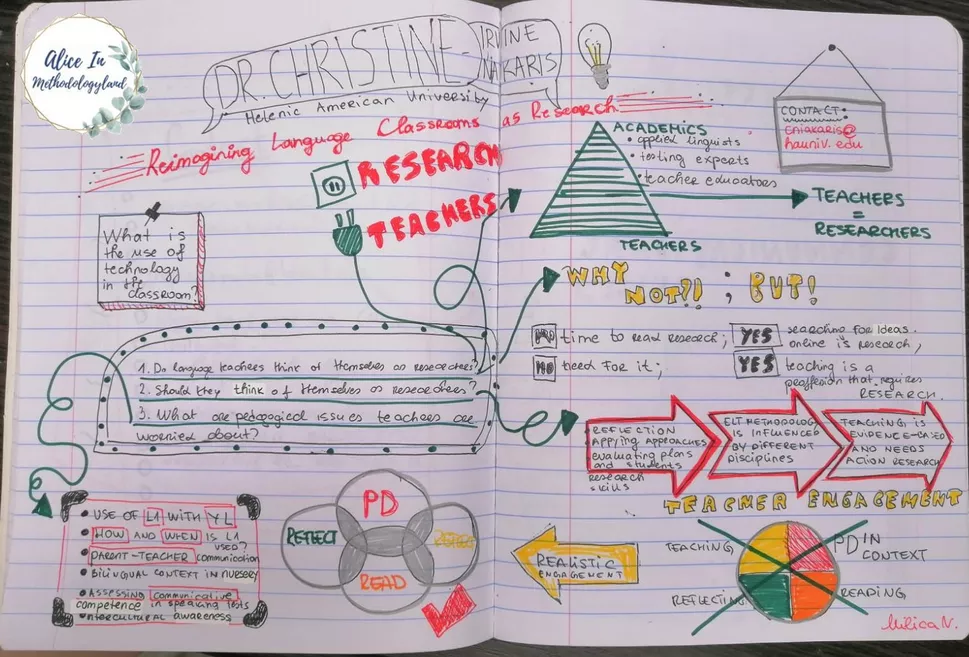
2. Transfer the Concept – Help students grasp a new concept by having them apply it to a different area.
Let’s say you’ve recently taught how to identify protagonists and antagonists in novels. After determining students have a strong command of the concept, watch a clip from a show, movie, or perhaps shorter media such as advertisements. Then, individually, have them write down the protagonists and antagonists to ensure their understanding isn’t confined to one medium.
3. Hand it in, pass it out
It starts by posing a question with an objective answer that’s explainable in a few sentences. Then, without writing their names down, students should answer the question on plain sheets of paper. As they hand the papers into you, quickly distribute them back to students at random. Explain what the correct answer is so that they can grade the paper they’ve received. In doing so, they’ll improve their understanding of the topic. Conclude the exercise by taking a poll to measure how many papers had the correct response.
4. Creative Extension Projects
Students can create an enormous scope of projects to demonstrate comprehension. Quick projects help them apply the higher-order levels of Bloom’s Taxonomy. These don’t have to be big and complicated. They can take a day, a half-day, or even an hour. Here are some extension ideas for quick projects:
- Create a poster or collage illustrating the subject matter.
- Record a rehearsed skit or podcast discussing the topics covered.
- Build a diorama about the subject and create a narrative behind it.
- Let students design their flashcards to test each other.
- Keynote presentations made by students on the topic.
5. Focus on feedback
Make sure to give the students feedback on the work they submit. In synchronous lessons, place students in groups, and let them provide feedback to one another. In the case of asynchronous lessons, share written, video, or audio feedback.
6. Round Robin Charts
Group the students and give them an open-ended question to answer. They should write their answers on a chart and then pass the chart to the next group to fill in their answer. After the charts are filled with each groups’ answer, organize a discussion.
7. Low-stake quizzes and polls
If you want to determine whether your students know as much as you think they know, polls and quizzes created with Quizlet or in-class games and tools like Kahoot can help you get a better sense of how much they understand. Grading quizzes but assigning low point values is a great way to make sure students try. The quizzes matter, but an individual low score will not count towards a lower final grade.
8. Methods that incorporate art
Visual art or photography can be used as a tool for assessment. For example, students can draw or create a collage. In this way, the assessment aids students in synthesizing their learning. You can also go one step further and ask your students to act out their understanding of the content.
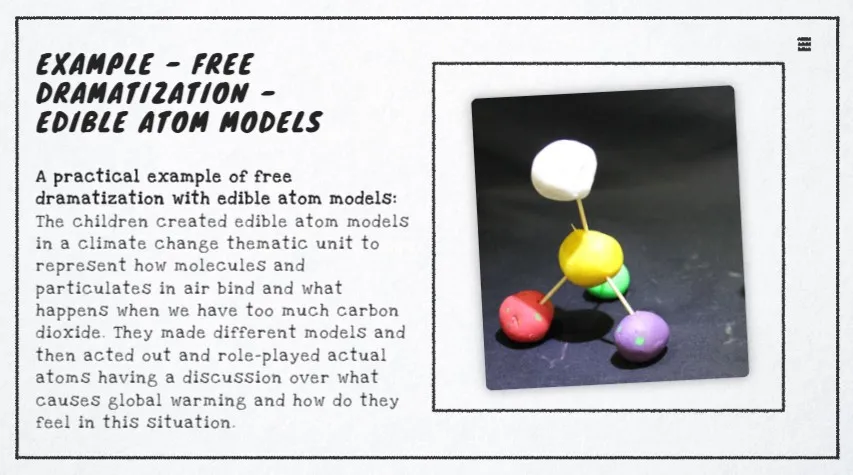
9. Interview assessment
For more introverted students—or more private assessments—use Flipgrid to have students record their answers to prompts and demonstrate what they can do.
10. Check for understanding in synchronous lessons
Try discussion-based assessment methods if you want to dig a little deeper into students’ understanding of content. Casual chats with students in the classroom can help them feel at ease even as you get a sense of what they know, and you may find that five-minute interview assessments work well. Of course, five minutes per student would take quite a bit of time, but you don’t have to talk to every student about every project or lesson.
Some synchronous tools have built-in formative assessment capabilities, such as Yes and No buttons, and some have private chat features that can allow you to know, in real-time, what students know and don’t know. You can supplement a tool like a Zoom with Peardeck to assess along the way if those functions are not available.
11. Peer-instruction
One of the most efficient ways to check for understanding is to give a student the role of the teacher and ask them to teach another student what she’s/ he’s learned. The student has understood what you’ve taught when they can teach the other student with success.
12. Separate what you do and what you don’t know
Whether making a t-chart, drawing a concept map, or using some other means, have the students not simply list what they think they know but what they don’t know as well. This won’t be as simple as it sounds–we’re usually not aware of what we don’t know.
They’ll also often know more or less than they can identify themselves, which makes this strategy a bit crude. But that’s okay–the goal isn’t for them to be precise and complete in their self-evaluation. Instead, the goal is for you to gain insight as to what they do and don’t know.
13. Socratic seminar
Students pose questions to one another about an essential question, topic, or selected text. The questions become a springboard for a conversation that goes on with responses and further questions. Students learn to compose questions that address issues to ease their discussion and gain a new understanding.
14. One question quiz
Ask a single concrete question, and give students 2 minutes to write down the answer. This way, you can quickly check students’ understanding.
15. Choral reading
Students identify a specific concept in the text by marking it. Then, they read what they marked out loud with the teacher.
By employing this strategy, the students develop their fluency, distinguish between the reading of statements and questions, and practice their phrasing, pace, and reading dialogue.
16. Four corners
The teacher poses a question or makes a statement. Students then move to the appropriate corner of the classroom to indicate their response to the prompt. For example, the corner choices might include “I strongly agree,” “I strongly disagree,” “I agree somewhat,” and “I’m not sure.”
17. Ask students to summarize
Ask students to summarize specific topics and concepts, either on paper, orally, via video, or audio.
18. Red-light, green light
A great strategy for young learners – give each student a card with a red circle on one side and a green circle on the other side. With the use of the card, the teacher can understand if the students can work on their own (green) or if they need help (red).
20. Response cards or card signals
Index cards, signs, whiteboards, magnetic boards, or other items are simultaneously held up by all students to indicate their response to a question or problem presented by the teacher. Using response devices, the teacher can easily note the responses of individual students while teaching the whole group.
Ask students to display a designated hand signal to indicate their understanding of a specific concept, principal, or process: – I understand____________ and can explain it (e.g., thumbs up). – I do not yet understand ____________ (e.g., thumbs down). – I’m not completely sure about ____________ (e.g., wave hand).
21. An open-ended question that gets them writing/talking
Instead of asking yes/no questions, ask the students questions requiring writing or elaborate answers.
22. Fist to five
This may be one of the most basic strategies of formative assessment. Ask a question or pose a statement, and then have students give feedback by raising their hand in the form of a fist to five.
23. Whiteboards
Each student should have a small whiteboard. Ask students to write down their answers on a whiteboard and lift their whiteboards to see the answers. The online version would include a poll on an online platform.
24. Wrong answer
You can ask students to write down or discuss with their partner if the answer is correct, and if it’s not correct, how can they transform it to make it the correct answer.
25. Big ideas twitter post
Ask students to write a summary of the topic (140 characters or less). This strategy can be used as a buy-in tool and as an academic tool. In this activity, the students have to think critically about the most important element of the day’s lesson.
26. Write down your own quiz question
Have students independently write three quiz questions that they feel successfully address the concept or skill from the day’s lesson. For example, you might require students to write one multiple choice, one fill-in-the-blank, and one short answer question.
Bonus: Put together a quiz for the next day using the questions your students wrote!
27. Self-assessment sorting
Gather data at two levels using this strategy. After students complete a hard-copy exit ticket, have them drop off their responses in one of four trays or folders marked “Got It,” “Almost There,” “Not Quite,” and “Not at All.”
An extension on this type of exit ticket might be pulling all the students who sorted themselves in “Not Quite” and “Not at All” into a small group for review the next day.
28. Graffiti wall
Post a series of tasks or questions sticky notes around the room. Allow students to circulate and respond with markers. Students can also choose to use an arrow to “add-on” to their peers’ ideas or place a checkmark next to ideas they agree with. This activity is fun, and it can also serve the students who are still confused because they will see the responses of more advanced peers.
Present a problem or ask a question to your students. Then, ask them to write down their thoughts before pair work and share them with the whole class to ensure that every student thinks independently. Then, monitor the pairs and keep notes for every student on your clipboard. These notes provide written or spoken evidence of your students’ understanding.
30. Highlighter
Each student should highlight an important or interesting sentence from a given text. Once they all finish highlighting, group the students and share their highlighted sentences within the group. Finally, the group should discuss and decide the main idea/theme of the text and submit a summary.
Bonus: Self-assessment and Pair Assessment with Personalized Stickers
One of my favorite face-to-face assessment activities with children is to give them feedback through personalized stickers! It’s straightforward to make some using Canva, but you can also download and print our sticker collection by clicking on the link below if you are not design-savvy. The stickers are designed by teachers and the drawings on the stickers are made by students. We are sure your students will love it, and it will improve rapport between you and your students. A motivating drawing done by a student or a funny teacher’s face might help soften the blow of getting a low grade if the task was done poorly. We have created an additional blank template in Canva where you will be able to insert your own photos and print stickers with your face!

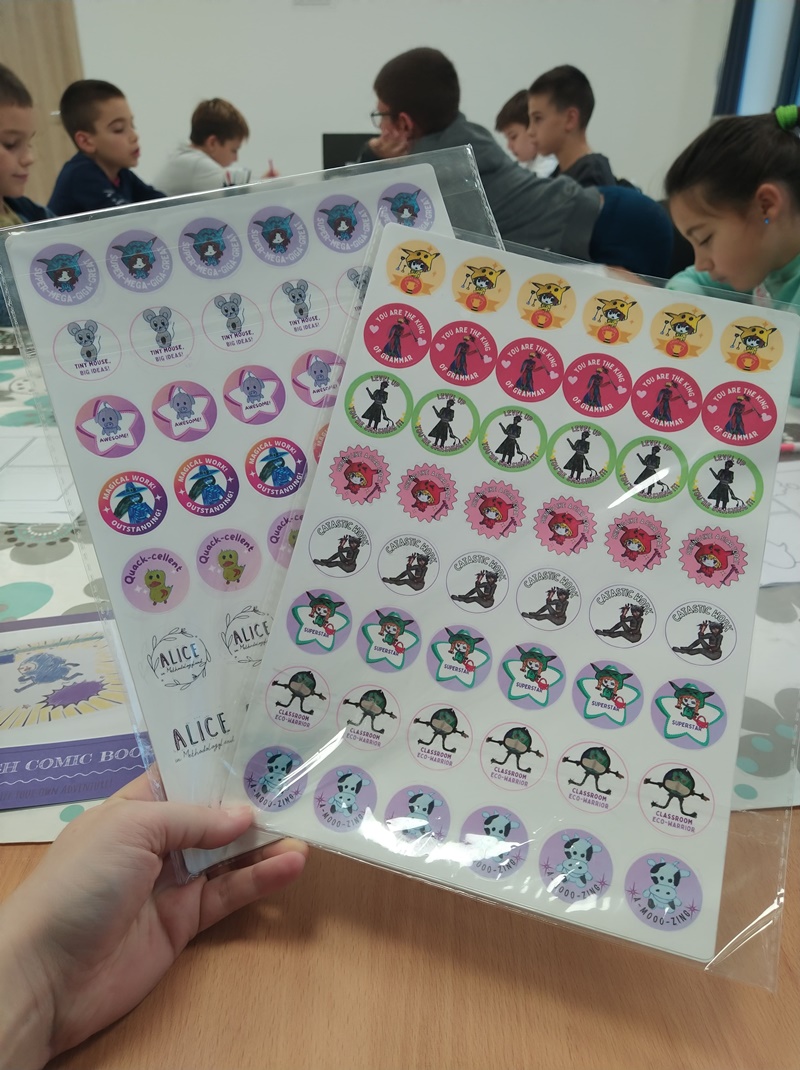
Continue to customsticker.com, and you can create your formative or summative assessment meme sticker sheets in a blink of an eye. They also give all our teacher readers a permanent discount on every order with the code alice10off.
These activities have also been translated into Spanish so that the Spanish-speaking teachers can use them as well!
What do you think about these formative assessment activities? Do you have any formative assessment activities you would like to share? Write in the comments or via the contact page. I would love to hear your opinion.

Click here to explore my store where 99% of materials are forever free!
All the materials except lesson plans and 30+ page interactive activity books will be free FOREVER! Why? Because sharing is caring, and 2020 hasn’t been kind to all of us. Please consider donating so I can keep making FREE materials for everyone and keep my website open for all of you.
Don’t forget to leave a review when you download materials! It’s just a minute of your time, and it means a lot to me.
P.S. The store and the freebie library are not the same thing – the freebie library has some extra materials like conference presentations and webinar recordings which are not available in the store
The subscription link for the store is below my bio in every post.
Disclaimer: This post may contain affiliate links or sponsored links from which we earn a small commission to make our nonprofit keep running at no cost to you. Even in that case, all the opinions are ours and we support only the things that help teachers!

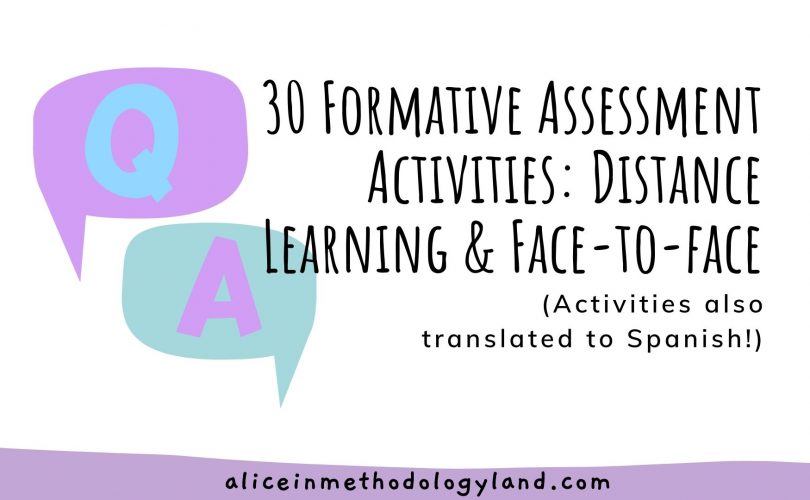

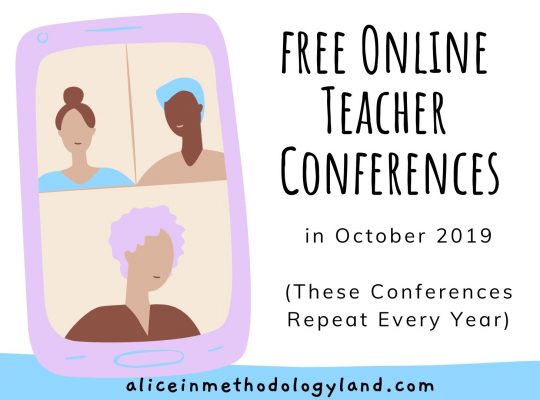



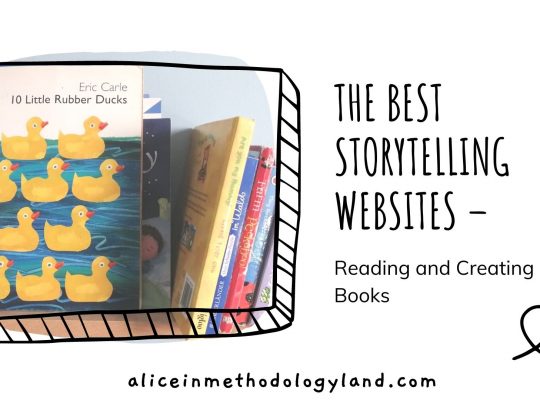

[…] 30 Formative Assessment Activities: Distance & Face-to-Face Learning […]
Hello, I am working on an action research project for a post graduate school. I need to write the reference. Could you help me with that?
Hello! Do you mean reference for this article? The reference will greatly differ based on your writing style. Are you writing in the APA style? Let us know and we will help you!
Alice